The speaker wire is an important component of your audio setup. It can be compared to your system's arteries, with the receiver representing the heart and the speakers representing the extremities.
Selecting the appropriate gauge, length, and connector type from the plethora of options can pose a challenge.
However, learning the essentials reduces the complexity and makes the decision-making process more manageable.
What speaker wire gauge do you need?
In assessing speaker wire options, you'll observe they are all designated with an "AWG" number, denoting the American Wire Gauge standard. The small number stands for the thicker speaker wire.
The 12-gauge wire is thicker than the 14-gauge wire, and the 14-gauge wire is thicker than the 18-gauge speaker wire.
Thicker wire has a lower resistance to current flow, making it excellent for longer lines, high-power applications, and speakers with low impedance (6 or 4 ohms).
For shorter runs (typically 50 feet or less) leading to standard 8-ohm speakers, 16-gauge wire suffices.
You need to decide the distance between your speaker and the amplifier, then you can choose the speaker wire gauge.
In most home theater systems, 16-gauge wire will be adequate. However, if your speakers are more than 50 feet apart, you can choose a 14-gauge wire.
Furthermore, for configurations that use high-current amplifiers or speakers with low impedance, a 14-gauge wire is ideal.
How much speaker wire do you need?
Estimations are permissible, but it is best to err on the side of caution and overestimate.
If you prefer precision when determining the amount of wire needed, there is a simple solution available.
Use a string from your amplifier to each speaker placement, then measure the length once completed. Then, add a few more feet to guarantee enough slack for seamless connections to your equipment.
What type of speaker wire do you need?
If you choose not to utilize connections, you can use banana plugs.
Using banana plugs makes it easier to connect speakers by providing a seamless connection when inserted into the terminals.
4-conductor cables provide variety and are easy to store in your inventory. You can use it to connect a signal cable from your amplifier to an in-wall volume control in other rooms.
Then, using 2-conductor wires from the volume control, connect to both speakers in that place.
Furthermore, a 4-conductor wire is ideal for connecting stereo-input speakers and amplifiers.
Whether you need the audiophile speaker cable?
High-quality audiophile speaker wire can greatly improve your listening experience.
These cables are often made of high-quality materials, and high-conductivity materials such as silver are commonly used in their connectors. But how does this affect sound quality?
Listeners frequently notice that their music gets less dynamic overall when using more affordable wires.
Take personal experience for example, we initially used the regular cable to connect the home theater system speaker to our amplifier and noticed that the speakers were not performing to their maximum capacity.
When we upgraded to audiophile high-performance speaker cables, the difference was amazing.
Movies and music received fresh life, with more depth in their soundstages. The entire soundscape was alive with vitality like no before.
While individual results may differ depending on your speaker and receiver configuration, audiophile cables will make big differences in your audio quality.
How to connect to the speaker wire?
The initial step is to ensure proper identification of the positive and negative ends of your speaker wire. In wire designs with connections, positive ends are often indicated in red, whereas negative ends are marked in black.
Once identified, attach one positive end to the positive terminal of your speaker and the other to your amplifier or receiver. Repeat the process for the negative (black) end to ensure a suitable connection for each speaker being set up.
If you opt for a connector-less design, employ a wire stripper to eliminate approximately 3/8-inch of insulation from the ends of each lead, revealing the bare wire strands.To avoid loose strands, carefully twist each lead's exposed wire strands.
Stray strands could make touch with the cable's opposing lead, resulting in a short circuit that could harm your components. There are two primary types of speaker wire terminals: spring clips and binding posts.
Spring clips offer straightforward functionality; you press down on the clip, insert the speaker wire, and then release it. The spring-loaded mechanism ensures the wire stays firmly in place.
Spring clip terminals are compatible with bare wire and pin connectors, but not with spade connectors, banana plugs, or twin banana plugs. On the other hand, binding posts offer a robust connection for your speaker cable.
To use them, simply unscrew the collar to expose the hole, insert the bare speaker wire or pin connector, and securely tighten the collar.
In addition, you can use banana and dual banana plugs by putting them straight into the center hole of a binding post.
A useful hint: When utilizing new banana plugs and speakers, expect some resistance during insertion. This tight fit is normal and does not suggest a problem with your equipment.
Gentle pressure may be required the first time you connect banana plugs to your speakers and receiver.
To attach a spade connection, slide it around the collar of the binding post and tighten it securely.
Best way to hide speaker wire
Setting up a sound system is a lot of fun, but it can soon get cluttered if not controlled properly.
One of the biggest issues is the amount of speaker wiring, which sprawls around the room like uncontrolled vines.
Do not worry, there are solutions available with a little ingenuity.
Consider the following techniques to successfully conceal the wires.
- Tuck them under carpets or rugs.
- Use raceways along the floor or baseboard.
- Use a drill to conceal them within the walls.
- Follow the room's natural shapes, such as crown moldings or window frames.
- Choose in-wall or ceiling speaker.
- Invest in flat speaker wire instead of standard round cables.
Final thoughts
In conclusion, selecting the right speaker wire is crucial for optimizing your audio experience.
By thinking factors such as gauge, length, and connector types, you can ensure optimal performance and minimize potential interference.
Remember to assess your specific setup requirements and choose a wire that suits your needs.
With careful consideration and these helpful tips, you can enhance the clarity and fidelity of your sound system for an immersive listening experience.


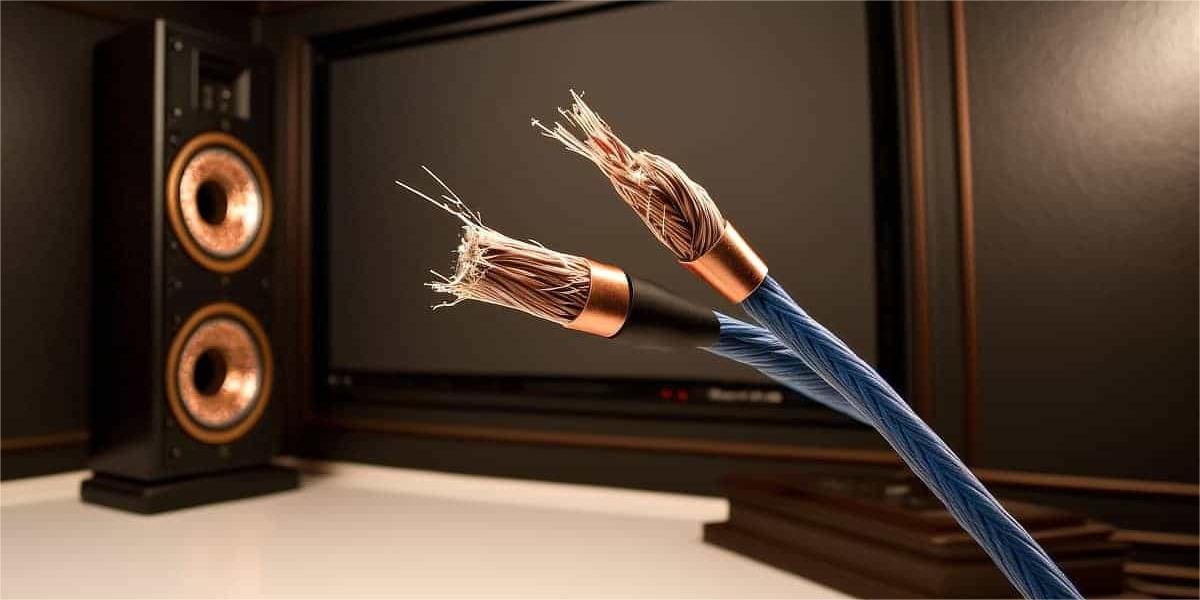
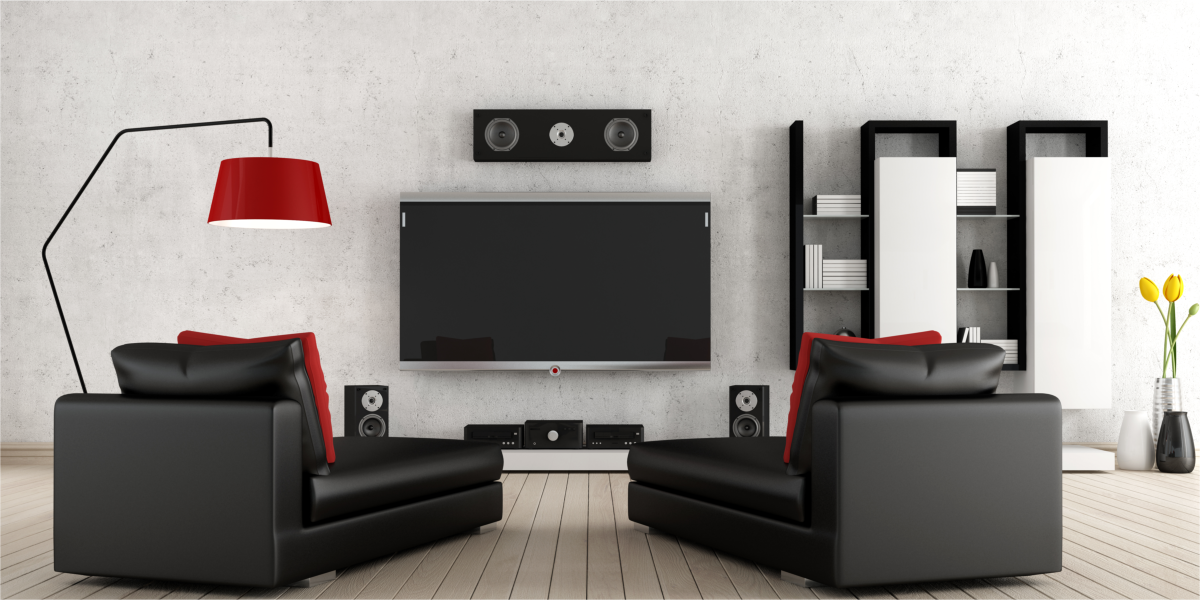
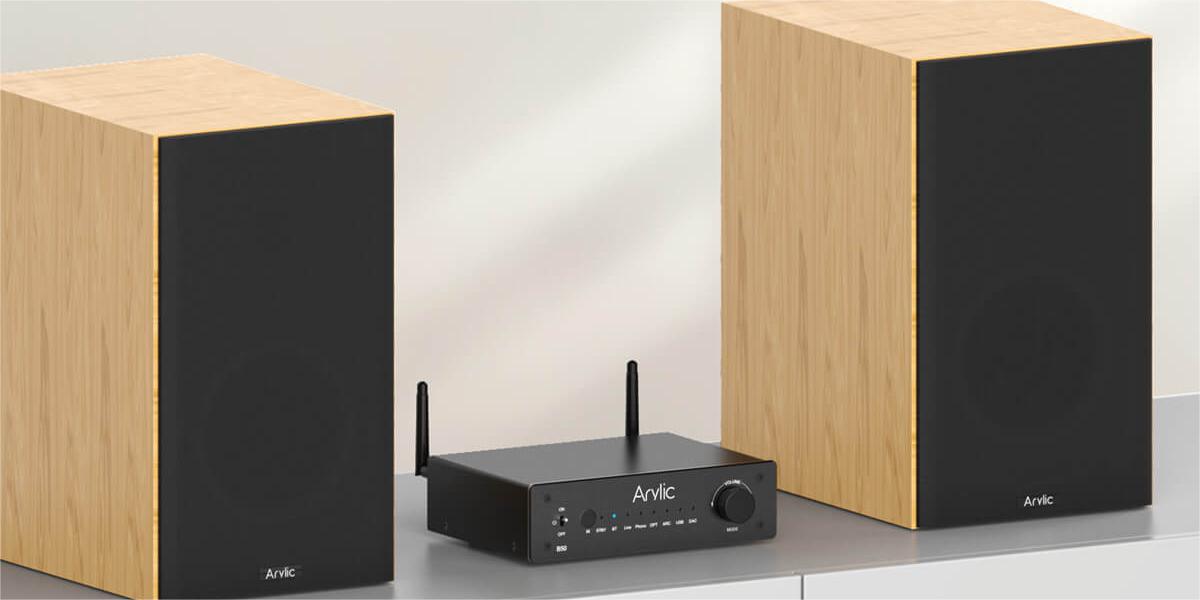
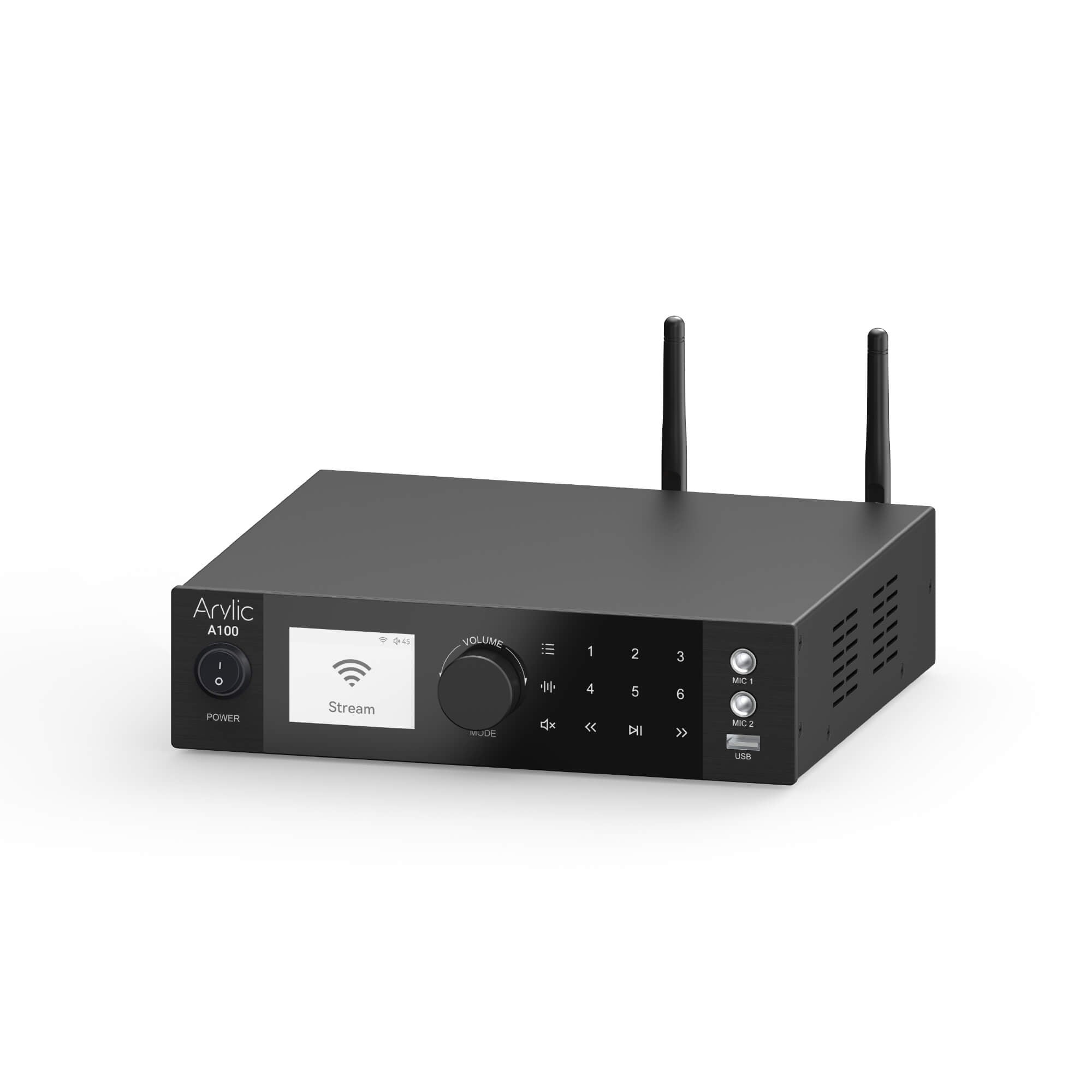
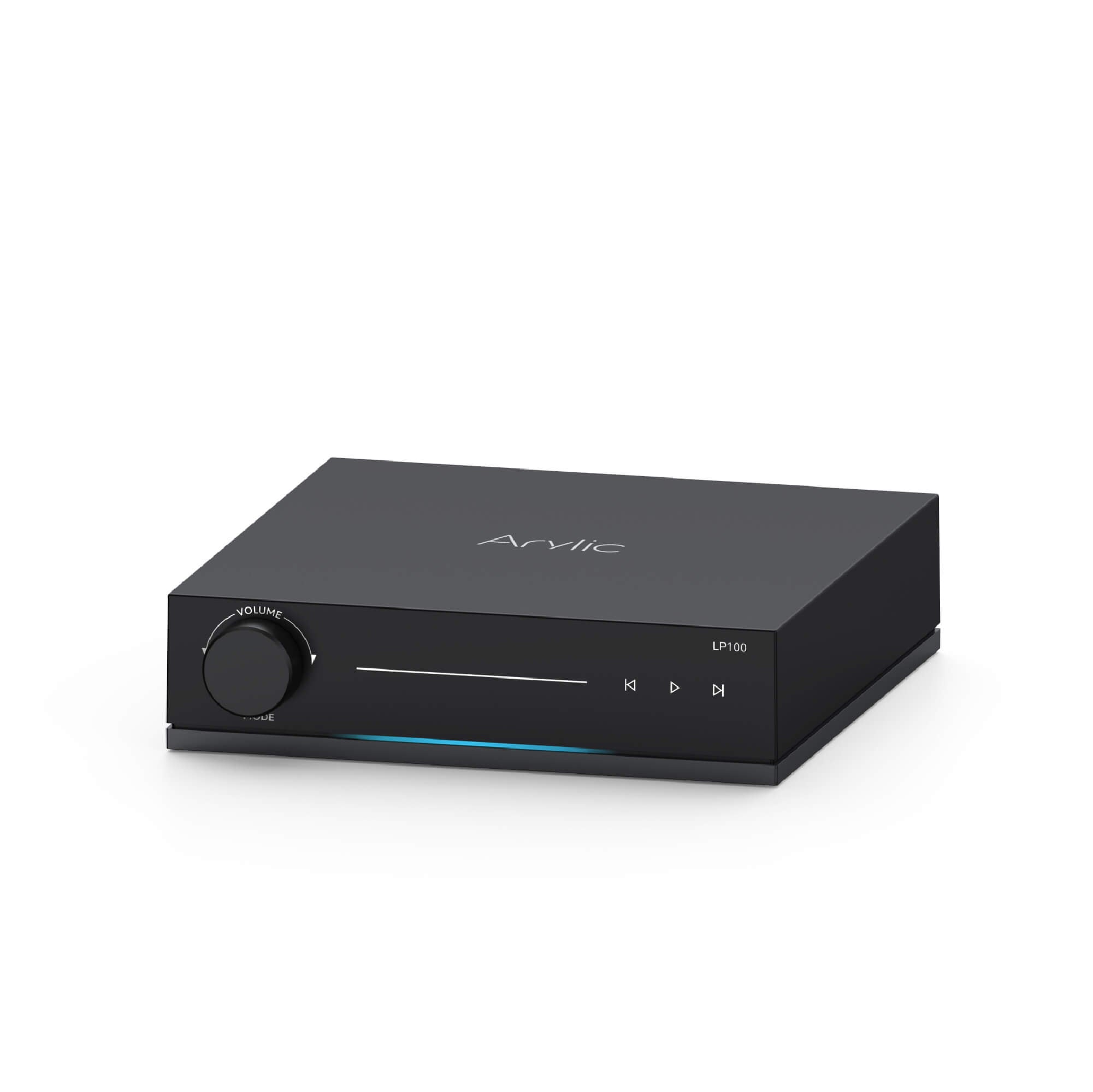
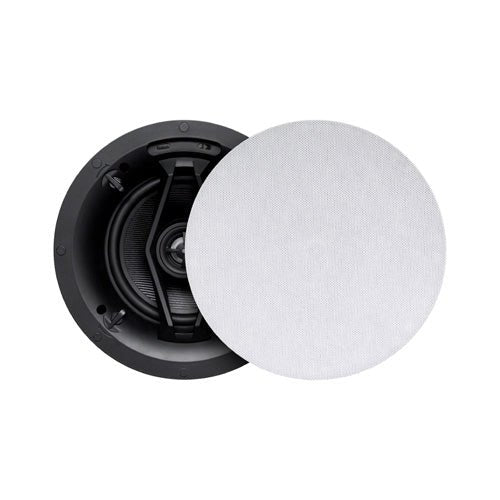
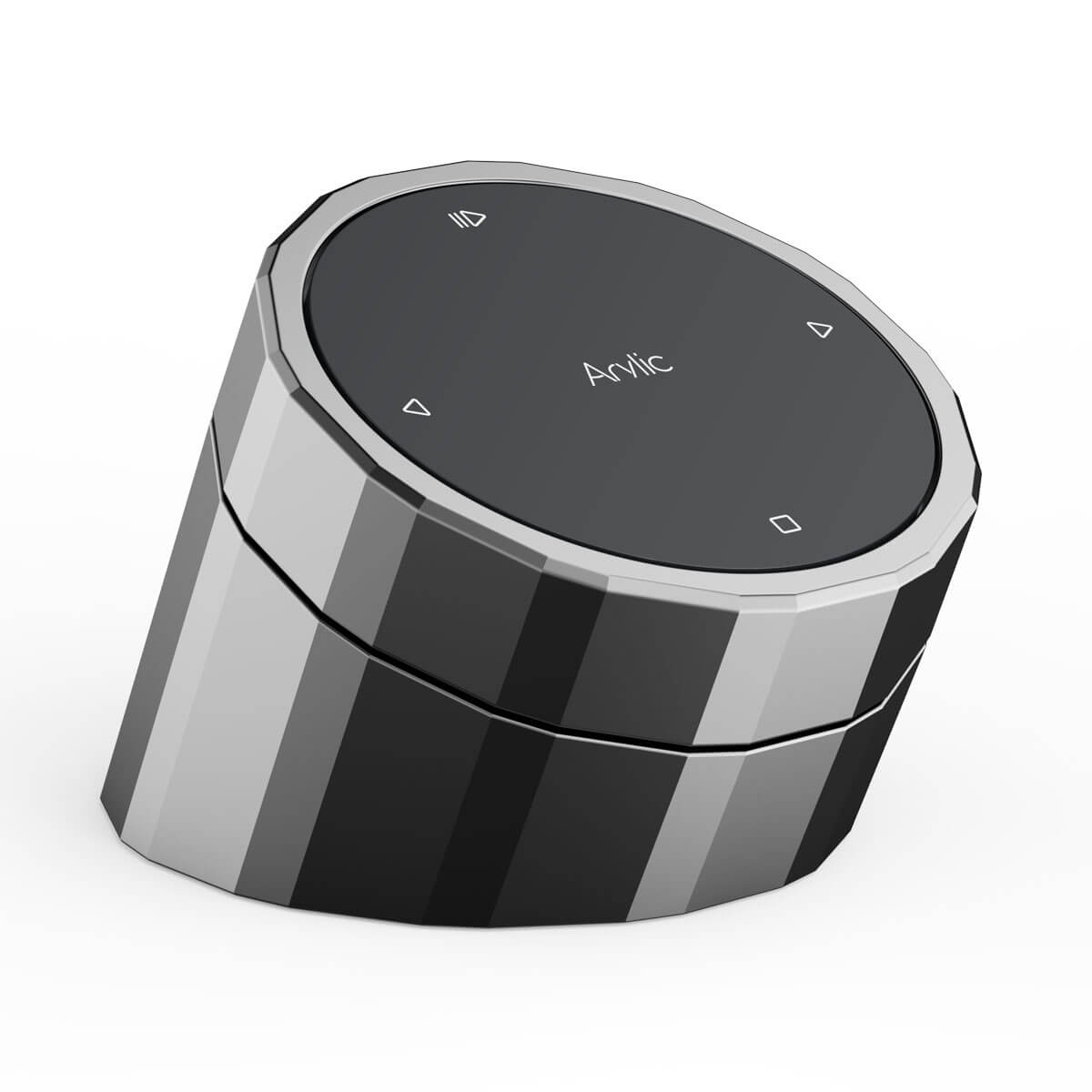
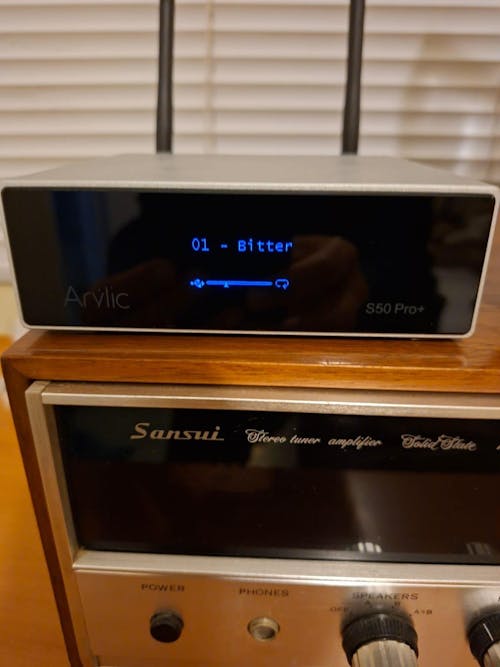
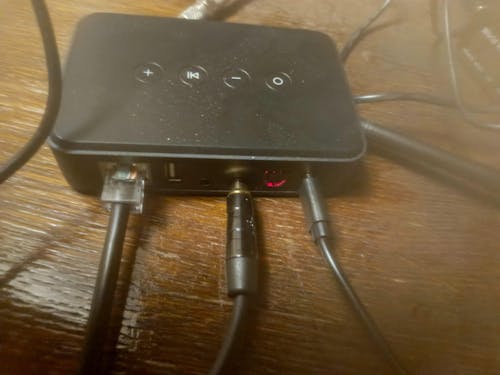
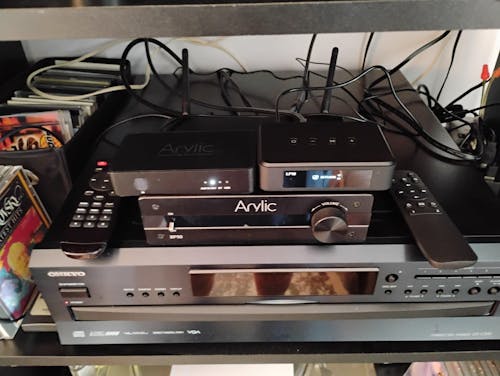
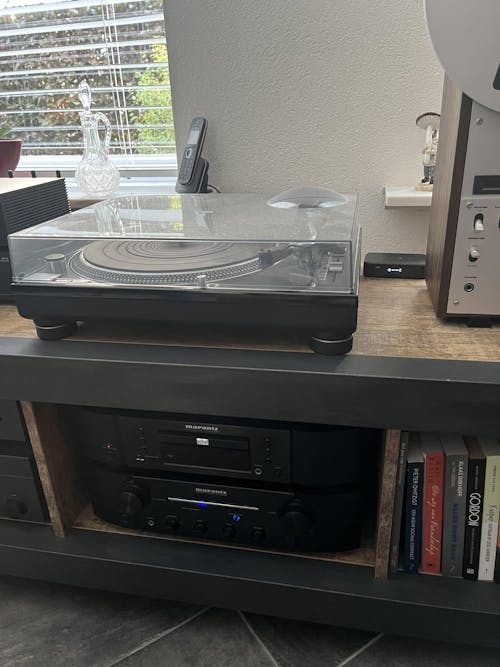
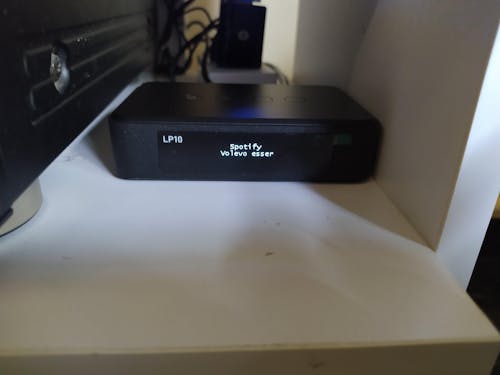
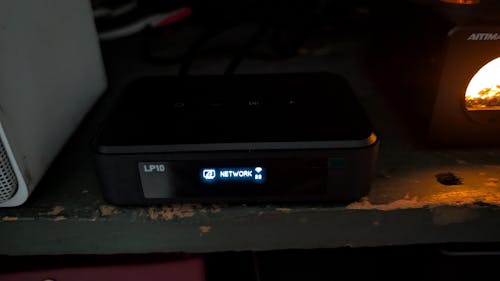
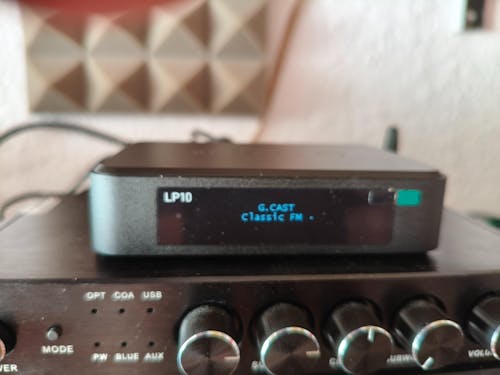


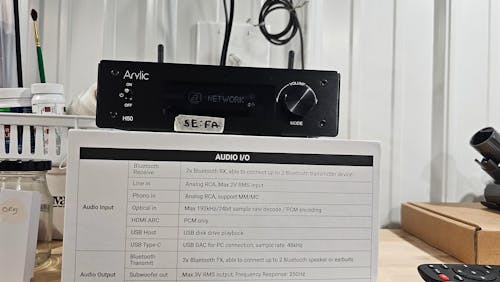
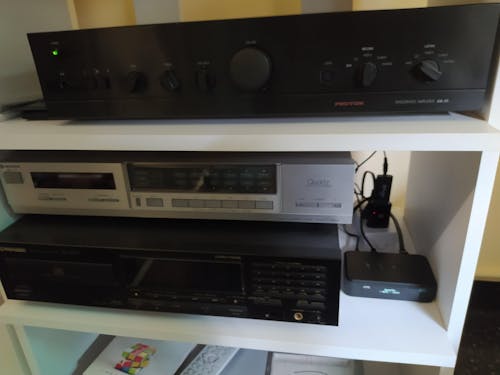
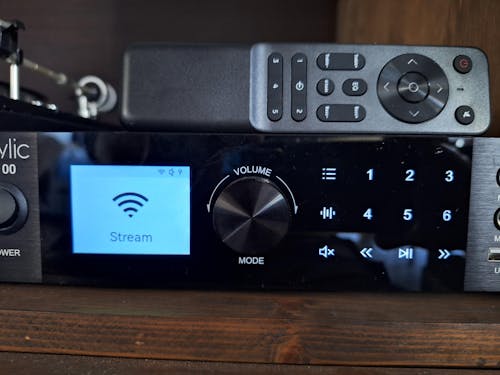
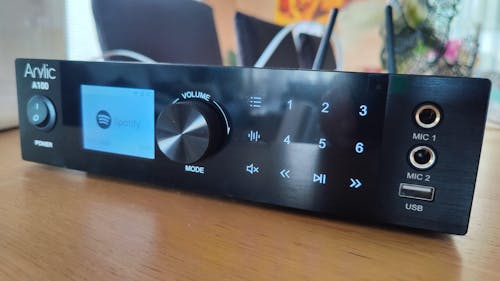

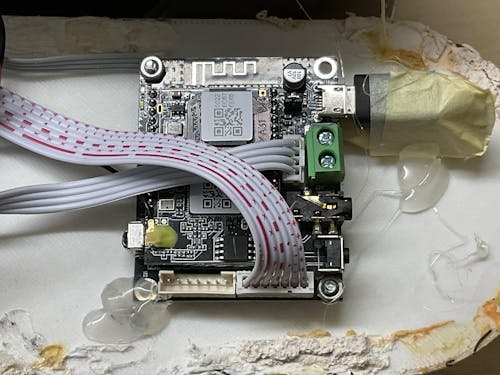
Leave a comment
All comments are moderated before being published.
This site is protected by hCaptcha and the hCaptcha Privacy Policy and Terms of Service apply.